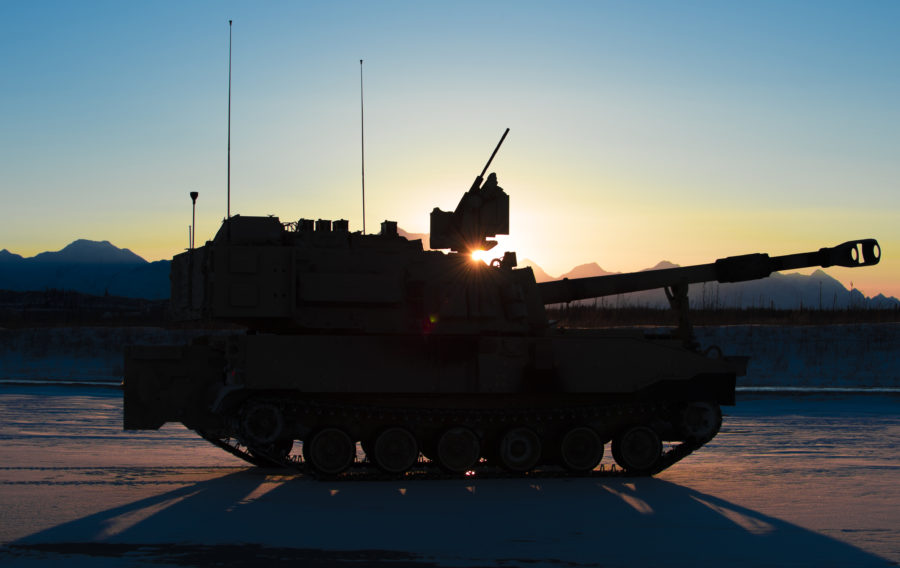
The US Army has awarded BAE Systems a contract worth $45 Million for the Extended Range Cannon Artillery (ERCA) Increment 1 prototype.
The development of ERCA is in collaboration with the Army’s Combat Capabilities Development Command (CCDC) Armaments Center.
This prototype phase will address capability gaps in the Army’s indirect fire systems and improve the rate and range of fire with the development of power distribution software and hardware integration solutions. ERCA will be integrated onto the M109A7 and will require the M109A7’s current 39-caliber turret to be replaced with a 58-caliber, 30-foot long gun barrel with the objective of creating firepower double the current range.
The development program aims to provide the warfighter with extended range while maintaining the weight found in current systems to minimise performance impacts on the chassis. Under separate contracts, BAE Systems is also developing precision guidance kits with anti-jamming capabilities (PGK-AJ) that can operate in the challenging ERCA firing environment. PGK-AJ is compatible with existing and new long-range rounds for multiple firing platforms, including the M109 self-propelled howitzer.
BAE Systems is currently producing the M109A7 configuration for the Army in the low-rate initial production phase.
Development work on ERCA Self Propelled Howitzer will take place at the Army’s Picatinny Arsenal and BAE Systems’ facilities in York, Pennsylvania; Sterling Heights, Michigan and Minneapolis, Minnesota.
Scott Davis, Vice President or Programs, BAE Systems’ Combat Vehicles business, said: “ERCA is a significant technological step forward for the Army’s artillery portfolio. We were selected based on our years of experience in the development of self-propelled howitzer systems. Long-range precision fire is a top priority for the Army, and we are pleased to be a partner in efforts to equip soldiers with the latest technology.”
image © David Schacher Photography LLC
If you would like to join our community and read more articles like this then please click here.
BAE Systems ERCA Extended Range Cannon Artillery Increment 1 prototype US Army







